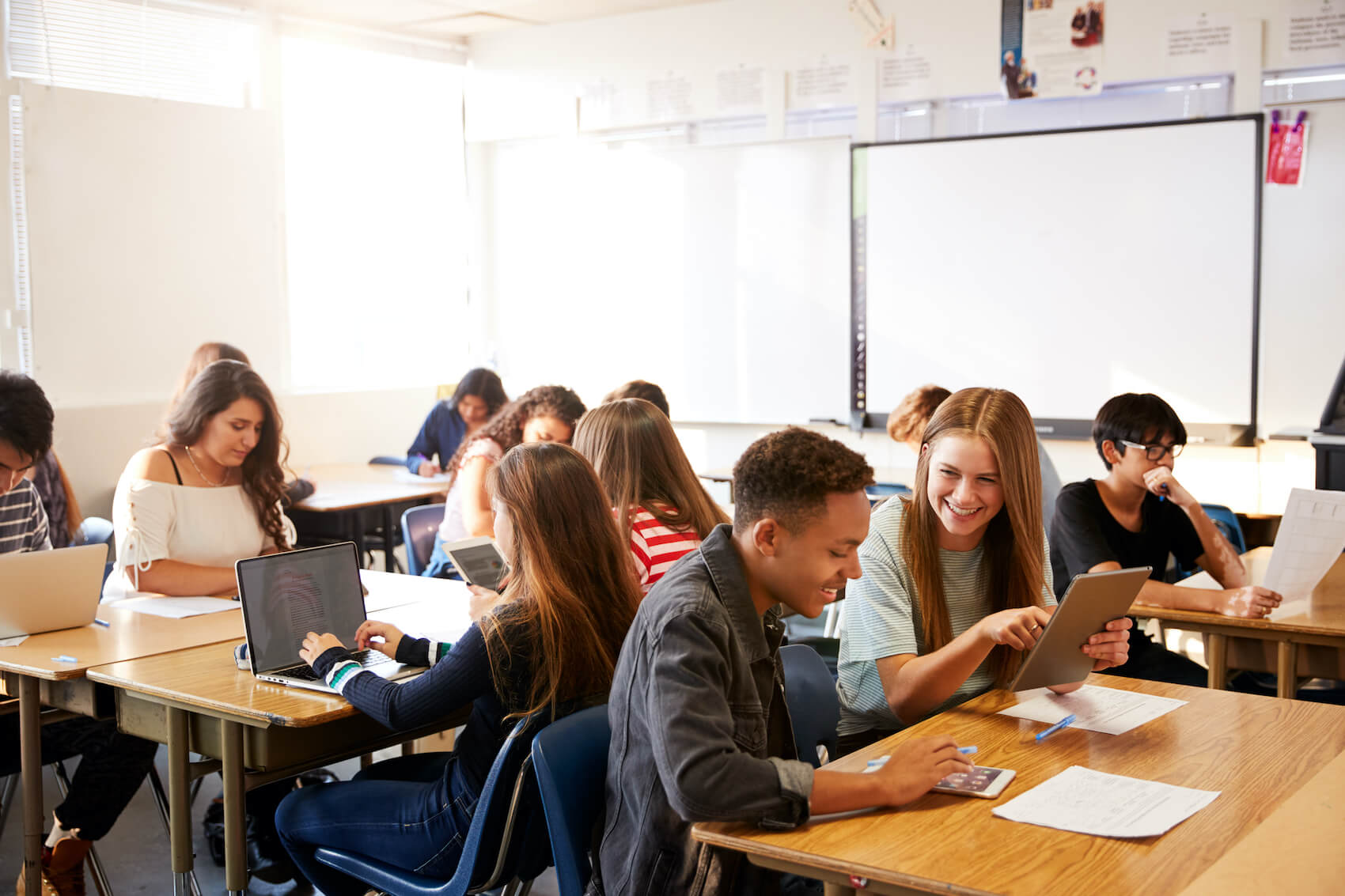
How Classroom-Level Supports Can Provide Therapy for Children Living in Poverty
Schools are a foundational part of a child’s life. It’s where they spend a lot of time developing important skills that prepare them for the future. Some children in your classroom may live in poverty and require additional emotional support from a learning environment to thrive.
Pediatric Therapeutic Services (PTS) partners with schools to offer classroom-level therapeutic support from qualified, school-based service providers who can help children living in poverty.
Build Relationships
Classroom-level therapeutic support can help students and their families build better relationships with teachers, therapists, and administrators. Schools can involve students’ families by performing home visits, which help teachers better understand what the child may be experiencing outside the classroom.
School counselors can also work with various community resources to help connect families in need with helpful community resources. Schools themselves can become part of a community’s safety net by providing and recommending social and medical services.
Provide Early Intervention
Since children spend so much of their time at school, teachers, administrators, and therapists can identify signs of mental illness or distress early. Schools can step in when these signs begin to affect the child’s mental health, which can prevent problems later in life.
PTS takes a Multi-Tiered Systems of Support (MTSS) approach, which allows classroom support in three tiers, depending on the support needs of the children in the classroom:
- Tier 1—General education support for all students.
- Tier 2—Targeted support offered in the short-term and typically involves small groups.
- Tier 3—Most intensive, individualized support for students on therapy caseloads.
Teachers and therapists can analyze the problem and implement a solution based on this approach and the level of care a student might require.
Teach Social-Emotional Learning Strategies
Teaching about mental health in the classroom can help children in your school identify mental health symptoms they may be experiencing and ask for help if they need it. Encouraging students to talk about their feelings makes the classroom a safer space to express them.
During mental health lessons, schools can promote concepts like self-care and physical well-being and build confidence and self-esteem. PTS offers a library of resources to therapists and schools that can help create a curriculum that gives students the language they need to communicate how they feel. This is something that can be done with all students, ensuring that no one feels singled out. The therapists who work alongside PTS often teach interventions and strategies to entire classrooms for a more inclusive learning environment.
Therapists working alongside PTS also employ the Whole-Child approach when working in schools. The Whole-Child Approach is a philosophy and cross-disciplinary framework that views children as a whole when considering and implementing therapeutic strategies and evaluating whether those strategies are working for that child and classroom.
Create a Positive Classroom Culture
A positive classroom culture helps students feel safe and provides support for children when they need it. Schools can create smaller learning environments for more individual student attention and support children through advisory programs. Teachers and administrators who encourage extracurricular participation also give students an outlet and space outside a strict classroom environment to express themselves.
Learn More About How Classroom-Level Supports Benefit Children Living in Poverty When Partnering With PTS
With PTS’s Multi-Tiered Systems of Support (MTSS) Model and Whole-Child Approach, children receive additional classroom-level emotional and academic support. Children can receive the enrichment and attention they need to thrive. Contact PTS to learn more about how classroom-level support can provide therapy for children living in poverty.



